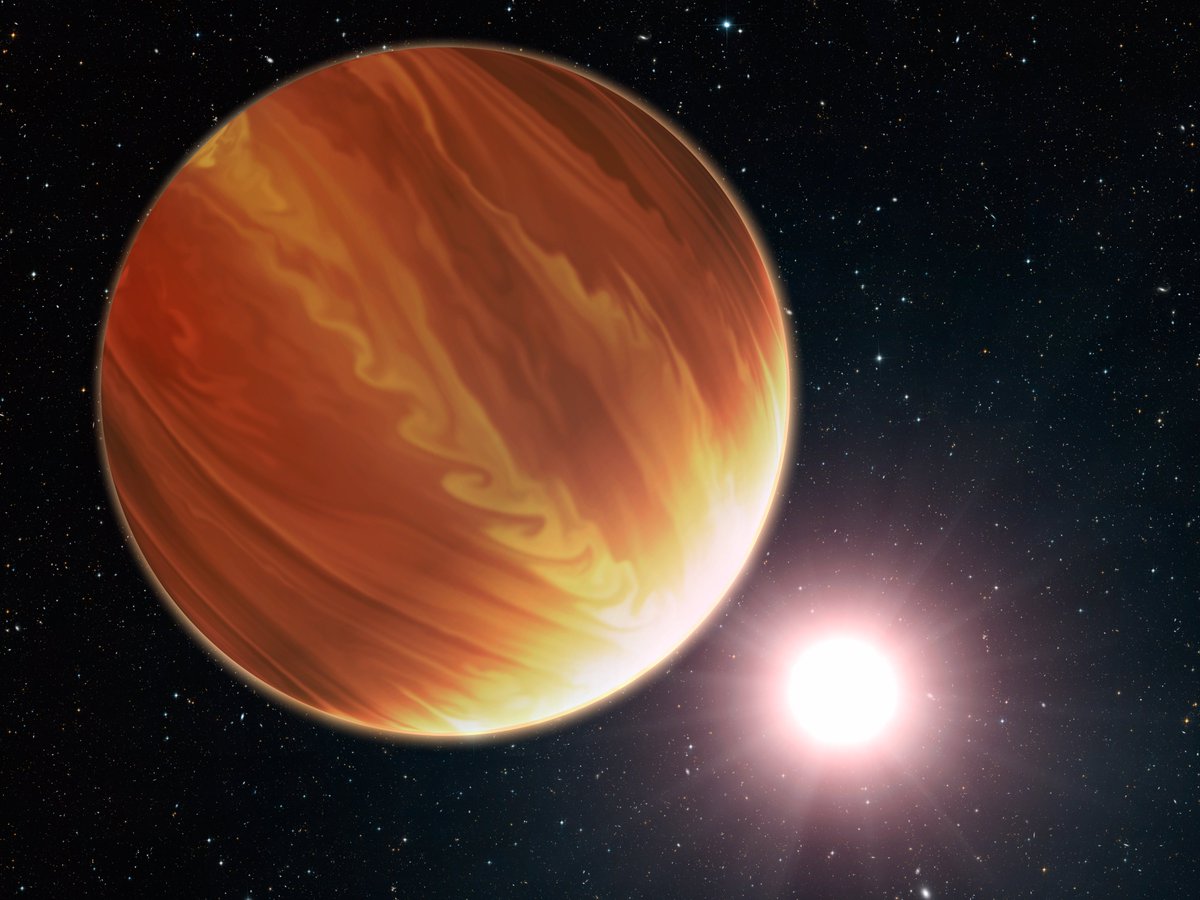
Science discoveries made by @NASAWebb are expected to revolutionize our understanding of the cosmos and our origins within the universe! Dive into what Webb could reveal about the cosmos: bit.ly/3wJ1r9U Credit: ESO/M. Kornmesser. #AAS238 (1/9) 

Mission goals for Webb include: Search for the first galaxies that formed in early universe; study the evolution of galaxies; observe star formation; and measure physical and chemical properties and investigate the potential for life in planetary systems. #AAS238 (2/9)
Webb is equipped with specialized instruments that detect infrared wavelengths, the light just beyond the visible spectrum. Infrared radiation can penetrate dense molecular clouds, whose dust blocks most of the light detectable by Hubble. Credit: NASA/JPL-Caltech #AAS238 (3/9) 

Webb will aim to help us piece together what may have happened when the universe began expanding 13.8 billion years ago. It is the first observatory that will be capable of observing the very earliest galaxies, and perhaps even some of the first exploding stars. #AAS238 (4/9)
Webb is designed to help us understand the diversity of galaxy composition and structure over space and time; how galaxies form, interact, and change; and how supermassive black holes and their host galaxies influence each other. Credit: NASA/JPL-Caltech. #AAS238 (5/9) 

Webb’s infrared wavelengths can look into dusty stellar nurseries to study very young stars and how those dusty environments contribute to the formation, evolution, and diversity of stars and planetary systems: bit.ly/3wJ1r9U #AAS238 (6/9)
One of Webb’s most anticipated contributions will be the study of exoplanets—planets orbiting distant stars. It will determine which elements are there and what they indicate about the world, including its potential to support life. Credit: NASA/ESA/STScI #AAS238 (7/9) 

Astronomers are eager to use Webb’s instruments to look the objects in our own solar system. Understanding the weather and atmospheres of planetary bodies could potentially unlock clues to the origins of Earth and life as we know it. Credit: NASA. #AAS238 (8/9) 

The Space Telescope Science Institute (@stsci) offers a variety of experts working directly with the telescope and the mission who are prepared to communicate in an understandable, public-friendly manner. Connect with our news team: bit.ly/3ce0n61 #AAS238 (9/9)
• • •
Missing some Tweet in this thread? You can try to
force a refresh







